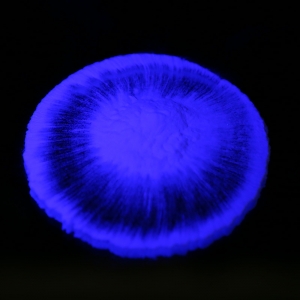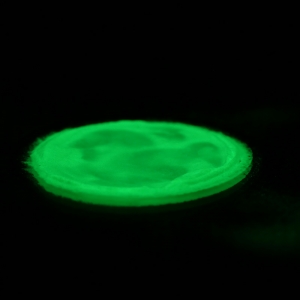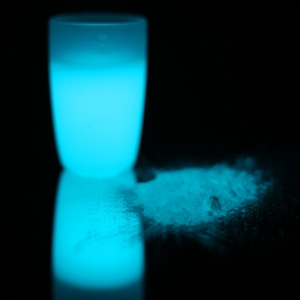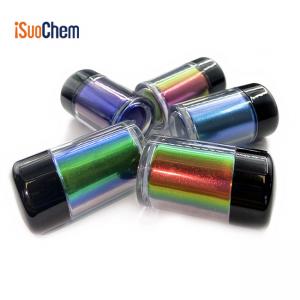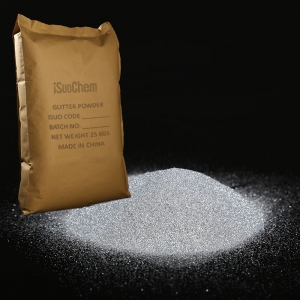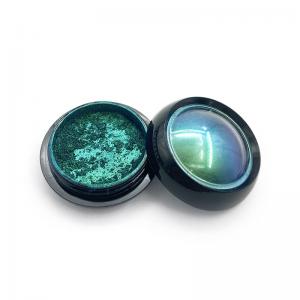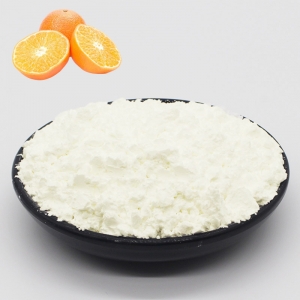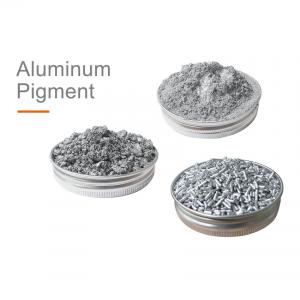The tie-dyeing process is divided into two parts: tie-dyeing and dyeing. It uses yarn, thread, rope and other tools to tie, sew, tie, embellish, clip and other forms of fabrics before dyeing.
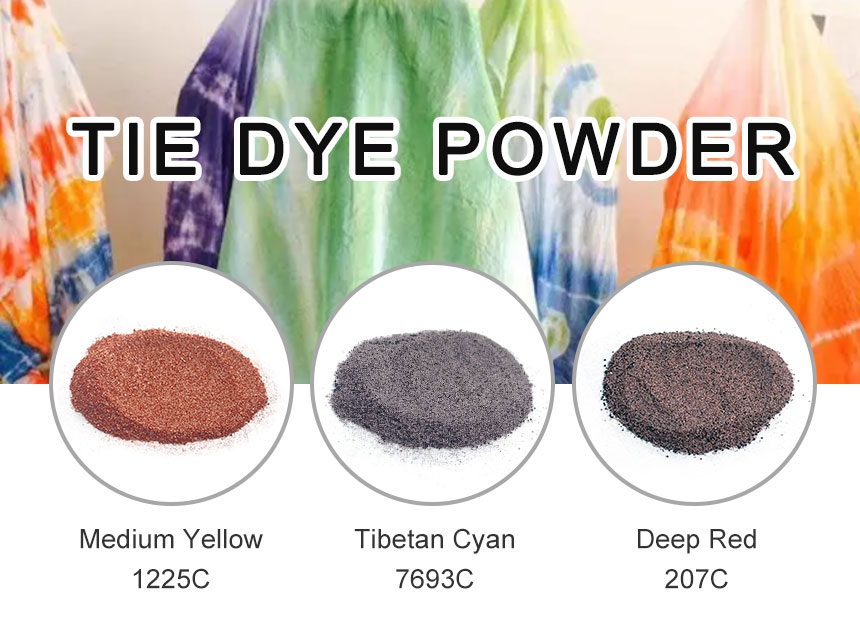
The process is characterized by a printing and dyeing technology in which threads are twisted into knots on the printed and dyed fabric, and then printed and dyed, and then the twisted threads are removed.
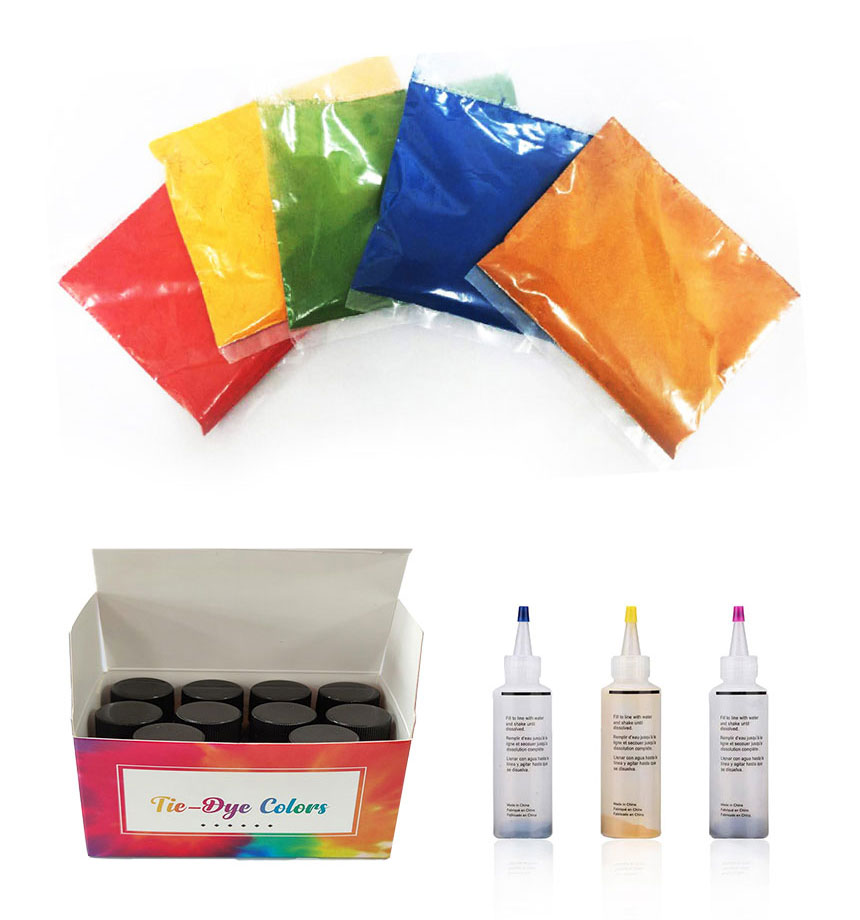
How to make Tie-Dye?

| Step 1. Wet the textile thoroughly and squeeze out excess water. |
| Step 2. Take the corner as the starting point and grab it around. |
| Step 3. Secure with rubber bands and prepare for tie-dye. |
| Step 4. Divide the dye into separate compartments, put them in a sealed bag, and store them for more than 60 minutes |
| Final. Rinse with clean water to remove floating color, then dry. |

Bulk Package: Our regular package will be 25kgs paper bag for Bulk wholesale package.
Customized wholesale DIY packge as below:
A. Outer package: Color Box, Plastic box, Blister card package.
B. Inner package: We support Customized Package, like 30ml, 50ml, 60ml, 100ml, 120ml, 250ml sharp mouth bottles, and we also support Plastic jar, plastic pouch, plastic bottle.
C. Tools inside (See the above photos): 1. Disposable golves 2. Disposable apron 3. Disposable tablecloth 4. Rubber band 5. Instructions manual

More 36+ Colors and Customized Tie dye Colors for your choices.
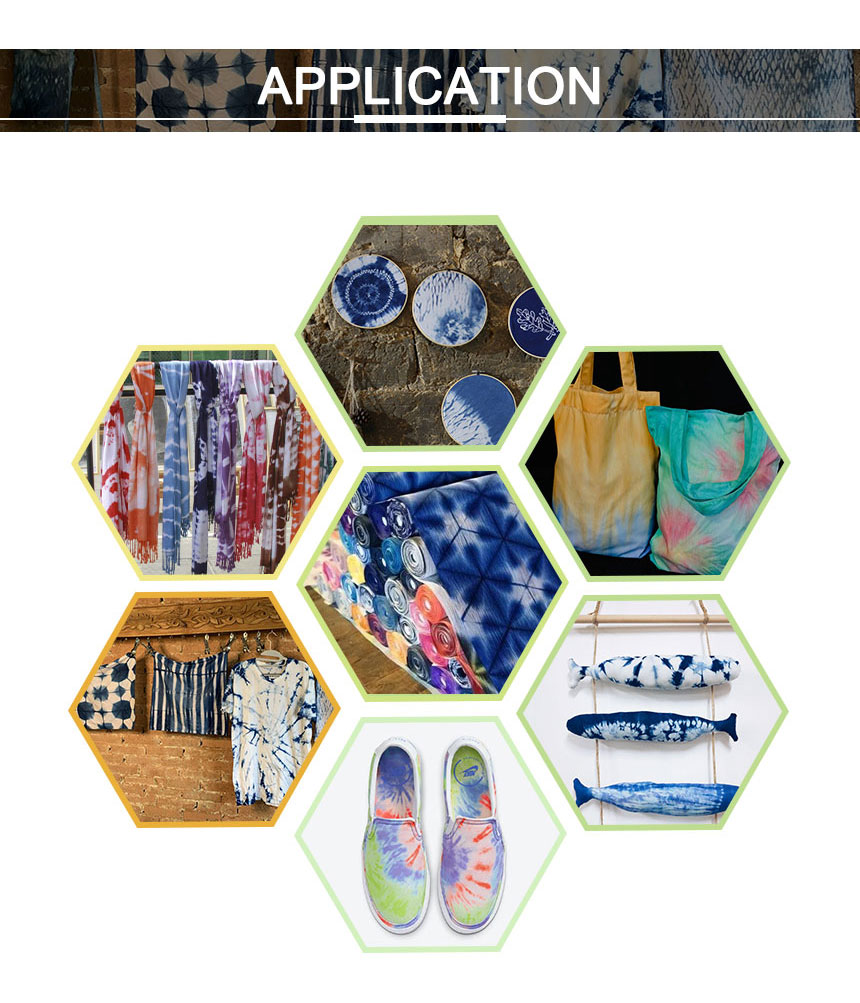
Tie dye powder can be used on silk, cotton, chemical fiber, leather, linen, wool and other fabrics.
Tie-dyeing is widely used in silk scarves and clothing. At the same time, it is also used in interior decoration such as: wall hangings, curtains, doors and windows, tablecloths, sofa covers, bedspreads, pillowcases, etc.
In recent years, tie-dye art has been used in photo studios for wedding dresses.
Some customers also purchase our tie-dye powder for large summer camps, parties, school events, family reunions and other group activities.

The tie-dying has more than 100 variation techniques, each with its own characteristics. What is even more surprising is that even if there are thousands of flowers, they will not appear the same after dyeing. This unique artistic effect is difficult to achieve by mechanical printing and dyeing technology.






 +86 13965049124
+86 13965049124
 English
English  français
français русский
русский italiano
italiano español
español português
português العربية
العربية 한국의
한국의 ไทย
ไทย Tiếng Việt
Tiếng Việt